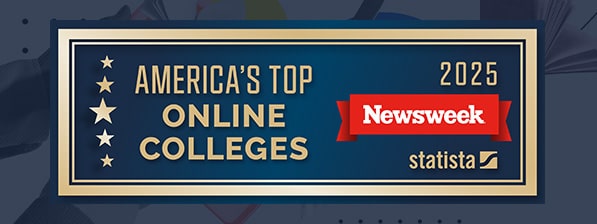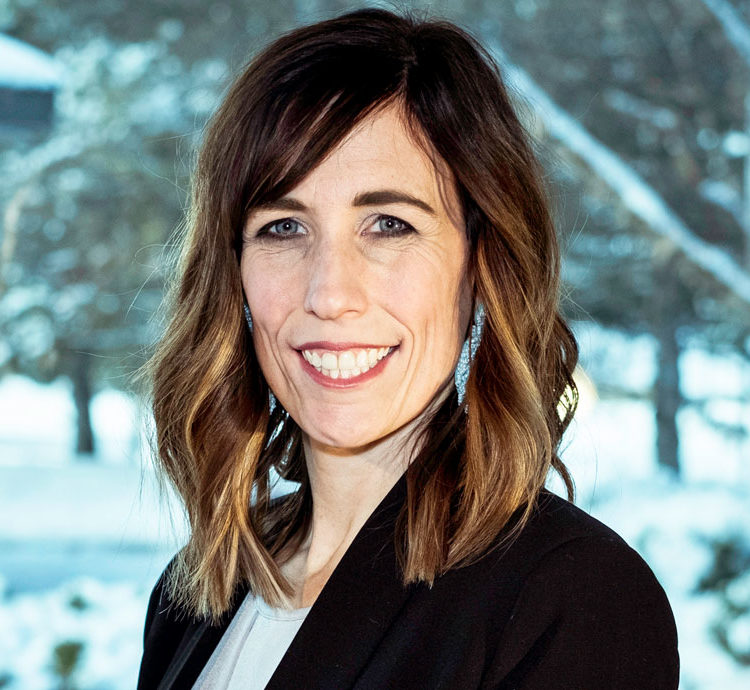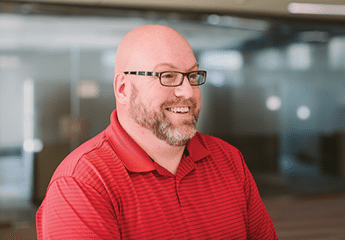When you look at the most successful people in the world, one common characteristic is a passion for learning. Almost all of the are committed to constantly deepening their knowledge and understanding of the world.
Warren Buffett spends five to six hours per day reading five newspapers and 500 pages of corporate reports (early in his investing career he would read 1,000 pages).
Bill Gates reads 50 books per year. In a 2016 New York Times interview, he said, “Reading is still the main way that I both learn new things and test my understanding.”
Mark Zuckerberg reads at least one book every two weeks. His 2015 emphasis was learning about different cultures, beliefs, histories, and technologies.
Elon Musk grew up reading two books a day, according to his brother, and taught himself engineering and rocket design.
The simple truth is that the most successful people are dedicated to constantly learning. They recognize that they always need to be growing, always need to be deepening their knowledge, always need to have a more thorough understanding of themselves and the world.
We would be wise to follow in their footsteps. And while you may not be able to read six hours per day, there are certainly small steps you can take to develop a lifelong habit of learning.
Here are five to get you started.
STEP #1: DETERMINE WHAT YOU REALLY WANT TO KNOW.
Having an overall love for learning is wonderful, but if you want to channel that love into a lifelong habit, you need to develop some specific thoughts about the subjects you’ll focus on. If you don’t have goals, you’ll end up with a shallow understanding of numerous subjects and no deep understanding of important ones.
What things are most important to you? Leadership? Adult education? Scientific progress? Coaching young adults? Foreign policy? What outcomes would you like to see? Do you want to be able to lead your team at work more effectively? Connect better with high school students? Be able to converse on the history of Japan?
By determining your passions and desired outcomes, you can chart a learning path for yourself. You can decide what you’re going to study, how you’re going to study, and select the resources that will best equip you.
It’s important to note that this focus can change over time. This isn’t necessarily what you’ll spend your entire life studying. It simply gives shape to the direction of your learning.
When you start out to learn a new skill set or master new knowledge, envision what you will do with it. Get a very clear mental picture of how it will change the way you work and live. Taking a language class? See yourself conversing with a new client in a foreign country. Training on new software? Picture the problem you’ll solve with it and how it will streamline activity. Successful learners identify the objective at the start, and create a strong, emotionally compelling vision of what will happen when they reach that objective.
Without identifying what you want to learn, you’ll end up reading a book about beekeeping, another about architecture and another about the history of Finland. And while it’s certainly helpful and essential to read broadly, you should have a plan of attack for specific subjects.
STEP #2: SET GOALS IN LINE WITH YOUR OBJECTIVES.
Once you know what you want to dive deep into, establish a series of goals that will constantly push you toward deeper knowledge of your particular subject. For example, consider creating reading objectives for yourself. A plan like the following could be helpful:
- Set an overall goal of reading 25 books in one year.
- Of those 25, 10 will be closely related to the subjects you’re most passionate about.
- The other 15 can be scattered across a variety of subjects that interest you and will generate a broad grasp of the world.
Other ways to support your objectives could be:
- Join discussion groups, either physical or virtual, to discuss the issues you want to learn about.
- Get other friends to join you in your goals, much like writers often try to complete writing goals together.
- Take a class online to deepen a particular subject knowledge.
Without goals, your desires are just that: only desires. Goals allow you to put flesh and bones on your desires. To create a plan that will enable you to make actual progress on your desires.
Two quotes help drive home this point.
Earl Nightingale says, “People with goals succeed because they know where they’re going,” and Tony Robbins says, “Setting goals is the first step in turning the invisible into the visible.”
In other words, goals get you going in the right direction, helping you turn your desires into real results.
STEP #3: USE A MULTITUDE OF MEDIUMS TO HELP YOU LEARN.
In terms of learning resources available, we have never lived in a richer time. No matter what the subject, from mining to morality to the etymology of words, there are literally thousands of resources across a huge number of mediums.
This massive number of mediums allows you learn in a variety of ways, depending on your circumstances and learning style. Do you travel a lot? Consider listening to audiobooks or podcasts. Also, many universities make lectures available on iTunes U. Are you more of a visual learner? Tap into the millions of videos on YouTube or take a video class from Udemy. If you love to read, there are obviously millions of books at your disposal.
If you want to learn a new language, you can download one of the dozens of smartphone apps or converse with a language tutor over Skype. It’s a cliche to say your options are endless, but you’re not far from that.
And don’t hesitate to mix and match these mediums to get the most out of every day. Listen on your way to work, read over lunch, and then watch a few videos to unwind at the end of every day.
The point is this: if you want to develop a habit of lifelong learning, fill in the nooks and crannies of your day. Rather than immediately hopping on Facebook when you’re bored, turn on a podcast or audiobook. Bring your e-reader to the doctor’s office rather than reading the latest celebrity gossip. There’s nothing wrong with those things, but they don’t have the return on investment that learning does.
STEP #4: PUT LEARNING INTO YOUR SCHEDULE.
If you’re not intentional about putting specific periods for learning into your schedule, there’s a good chance it will get crowded out by other things. Our lives are busy and hectic, and often the important is crowded out by the urgent. When your inbox is overflowing with work-related emails, it can be tempting to put aside learning in favor of one more email. That’s a short term gain for a long term loss.
Make an effort to carve out some time every day for learning. This time block doesn’t need to be huge—even 15 minutes is great. Decide when and where you’re going to do it, whether that’s at your desk over lunch or on the train on the way to work or in bed at the end of the day. Put that period on your calendar and stick to it. Treat it as you would an appointment with someone.
The most successful people in the world make daily learning a priority. Dallas Mavericks owner Mark Cuban reads more than three hours every day. Arthur Blank, co-founder of Home Depot, reads several hours per day, as does Dan Gilbert, owner of the Cleveland Cavaliers.
Make learning a habit and success will follow.
STEP #5: SURROUND YOURSELF WITH PASSIONATE LEARNERS.
Motivational speaker Jim Rohn famously says that we are the average of the five people we spend the most time around. Think about that for a moment in terms of how it applies to your learning habits. Are the people you’re around pushing you toward a deep passion for learning? Do they value knowledge and pursue mastery of particular subjects?
If you don’t spend time with lifelong learners, there’s a good chance you won’t be one. You’ll spend your time doing what they do, whether that’s golf, video games or any other hobby. There’s nothing wrong with this, but you need to be aware of the effect it will have on you.
Kai Sato suggests the following exercise for determining the value of your circle of friends:
As an exercise, write down the five people with whom you spend most of your time. Assign a numerical value to each person from 1 to 10, and then calculate your average (with 10 being the most positive influence possible). How does each person affect your average? They don’t need to be Elon Musk or the Dalai Lama, but they should make you better. They should elevate both your thinking and performance.
This obviously doesn’t mean you should cut all ties with those don’t score high enough. It simply means that you should carefully evaluate your friends, and determine which ones are pushing you toward being a lifelong learning.
CONCLUSION
Learning is essential for growth and success. Those who constantly learn over the course of their lives set themselves up for growth, while those who abandon learning will stagnate.
John F. Kennedy said, “Leadership and learning are indispensable to each other.” The same could be said for success and learning.
If you want to achieve great things, set yourself on the path of the lifelong learner. You won’t regret it.
Whether 22 right out of undergrad graduation or 72 looking to finally accomplish that bachelor’s degree, PGS programs can help you be a lifelong learner.











